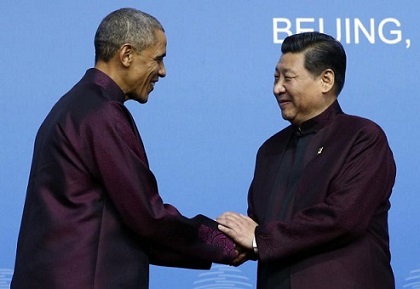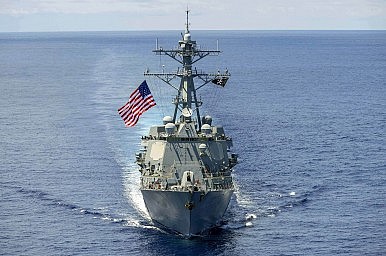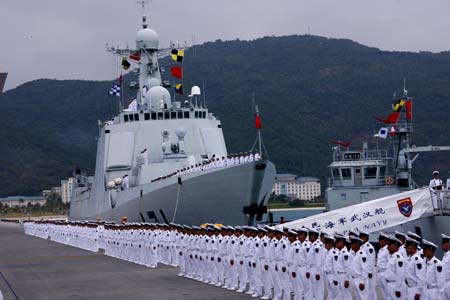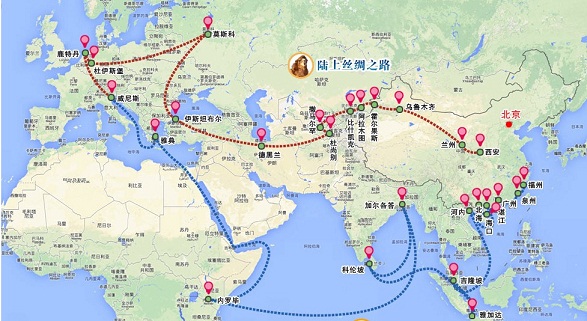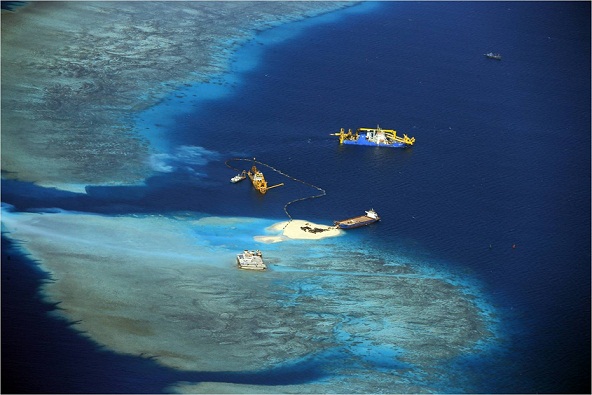
South China Sea looms large even if it is not in the agenda of the 23rd meeting of the leaders of the Asia Pacific Economic Cooperation in Manila on Nov. 18 and 19.
Foreign Undersecretary Lula del Rosario, chair of the APEC 2015 Senior Officials Meetings, which did all the vital spadework for the Foreign Ministers Meeting and the Leaders Meeting, gave two reasons why South China Sea is not in the agenda.
First, the South China Sea issue is political.
Second, South China Sea is not common to all APEC members.
APEC is an organization of Economies, not countries (That’s why Hongkong is member separate from China. So is Taiwan.) Started in 1989, APEC’s primary goal is to support sustainable economic growth and prosperity in the Asia-Pacific region.
Its 21 member economies are home to around 2.8 billion people and represent approximately 57 per cent of world GDP and 47 per cent of world trade in 2012.


